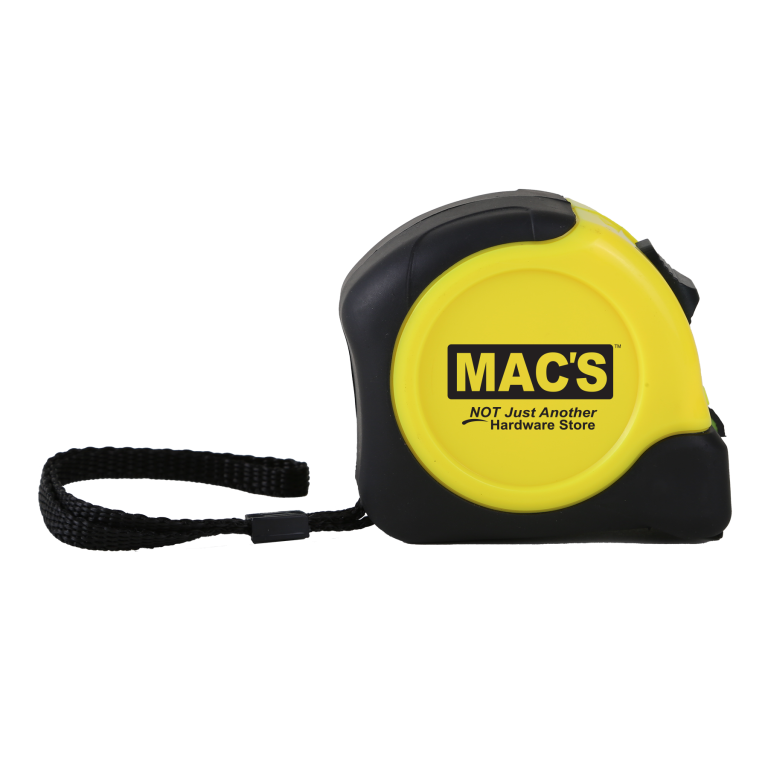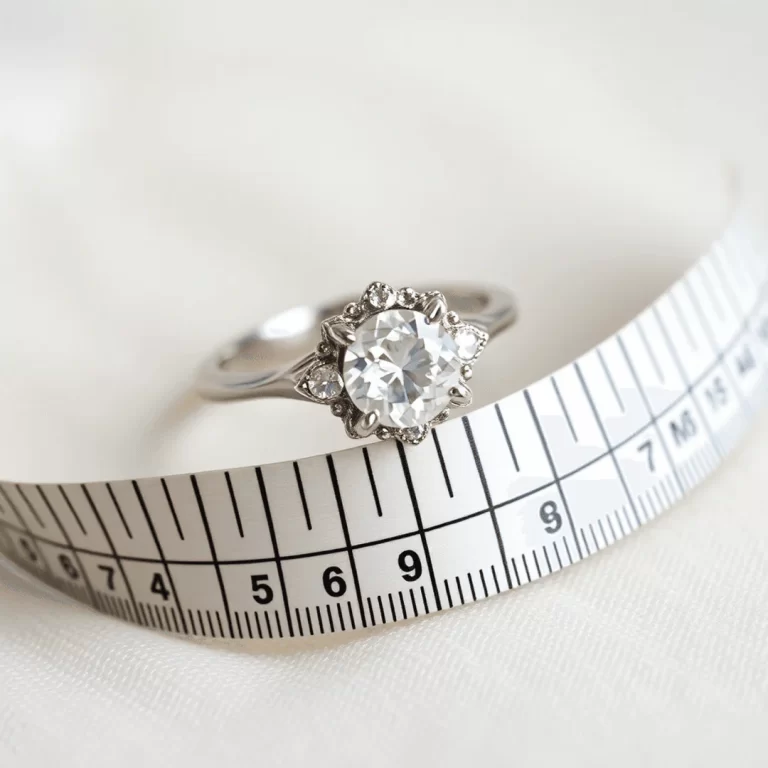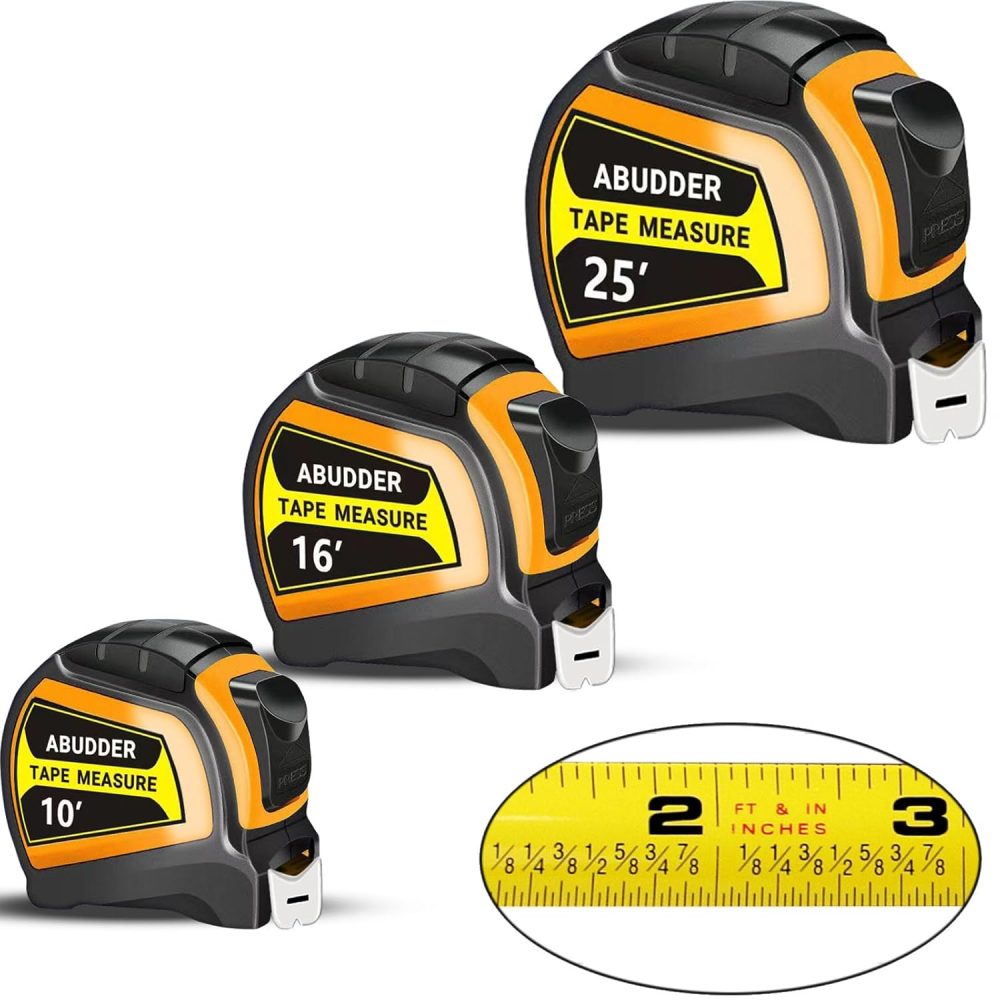
Mastering Fractions on a Tape Measure: A Detailed Overview
Accurate measurements are the backbone of any successful project, whether you’re a seasoned professional or a dedicated DIY enthusiast. Understanding fractions on a tape measure is crucial for precision and efficiency. This comprehensive guide explores various techniques and insights to help you navigate and master the fractional markings on your tape measure, ensuring your measurements are always spot-on.
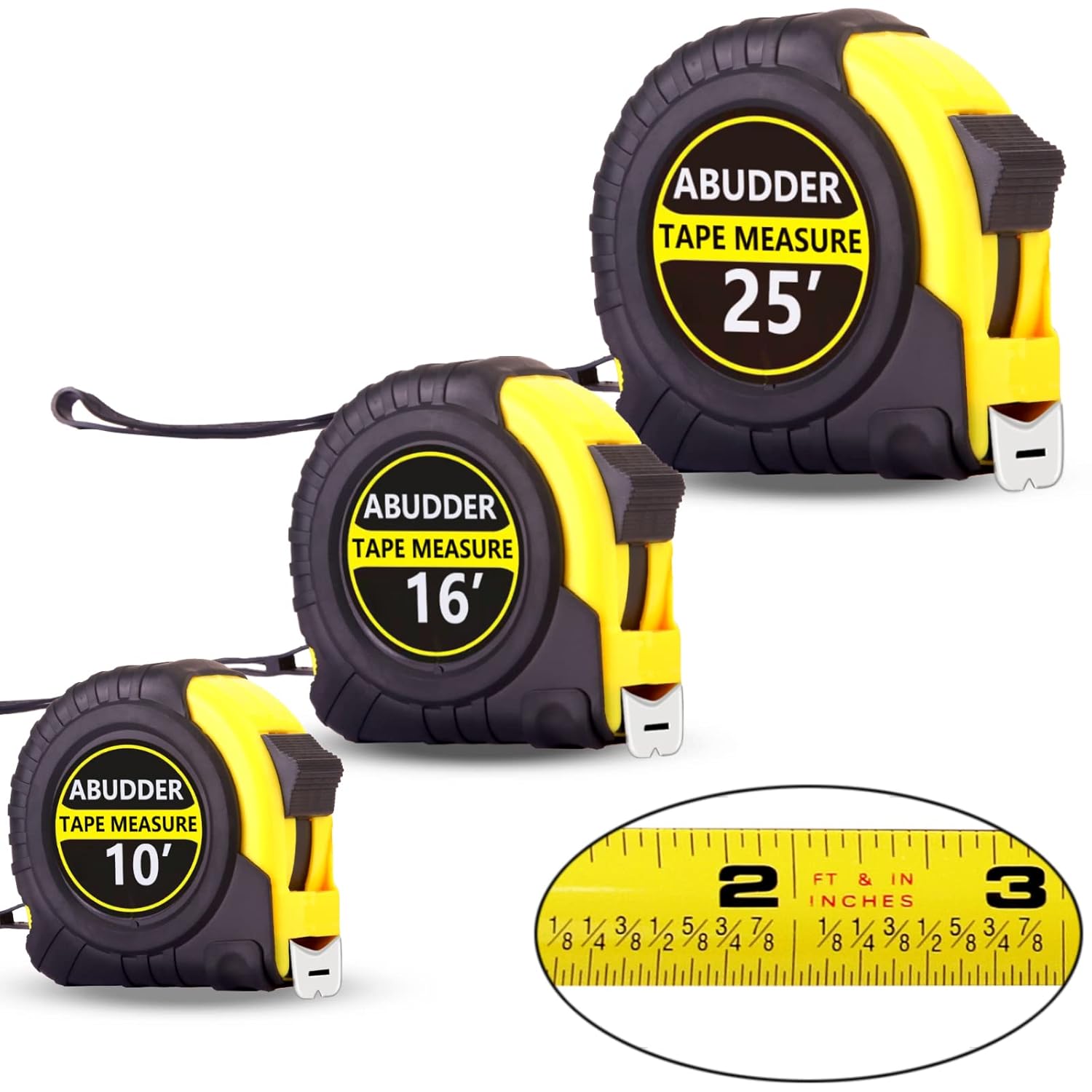 Fractional Marking Mastery: Tape Measure Reading Techniques for DIY Enthusiasts
Fractional Marking Mastery: Tape Measure Reading Techniques for DIY Enthusiasts
For DIY enthusiasts, mastering the fractions on a tape measure can significantly enhance the quality of your projects. Whether you’re building furniture, crafting decorations, or performing home repairs, precise measurements are essential.
Understanding Fractional Markings
Tape measures typically display measurements in both inches and fractions. These fractional markings, usually in sixteenths of an inch, allow for detailed and accurate measurements. Each inch is divided into 16 equal parts, with each small line representing 1/16th of an inch.
Techniques for Accurate Reading
To accurately read fractions on a tape measure, start by identifying the nearest whole inch. From there, count the number of small lines to determine the fractional part. For example, if you need to measure 3 5/16 inches, first find the 3-inch mark, then count five small lines beyond to reach 5/16.
Practical Tips for DIY Projects
- Consistent Practice: Regularly use your tape measure to become familiar with the fractional markings.
- Marking Key Fractions: Highlight frequently used fractions like 1/4 or 3/8 with a marker for quicker reference.
- Visual Estimation: Use nearby larger marks as reference points to estimate the location of specific fractions.
Precision Fraction Identification: Tape Measure Hacks for Woodworking Accuracy
In woodworking, precision is non-negotiable. Knowing how to identify and utilize fractions on a tape measure can make the difference between a flawless project and a flawed one.
Importance of Precision in Woodworking
Woodworking often involves cutting materials to exact dimensions. Even a small error in measurement can lead to misaligned joints or wasted materials. Therefore, precise identification of fractions on a tape measure is crucial.
Hack 1: Counting Incrementally
Start from a known point, such as the 0-inch mark, and count each small line as 1/16th of an inch. This method ensures you accurately reach the desired fraction without confusion.
Hack 2: Using a Pencil for Marking
Sharp pencils or fine-tip markers can help in marking exact fractions on your workpiece. This practice aids in maintaining consistency across multiple cuts and measurements.
Hack 3: Leveraging Dual-Scale Tapes
Some tape measures feature dual scales, displaying both imperial and metric units. Using these can cross-verify your measurements, adding an extra layer of accuracy.
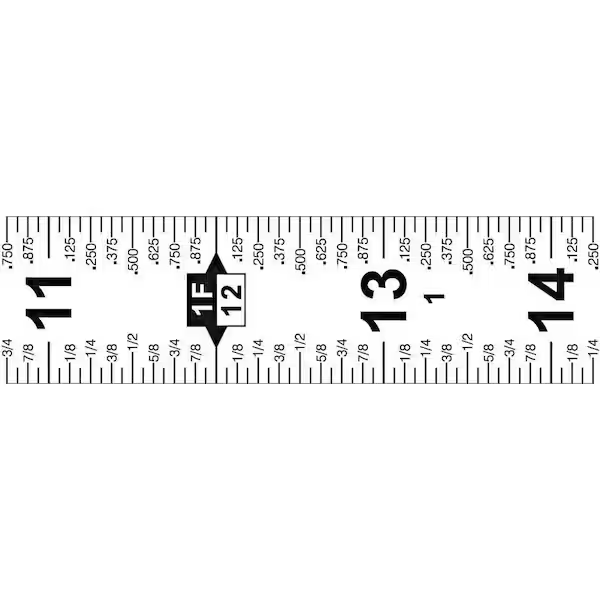 Fraction Conversion Simplified: Tape Measure Decimal Equivalents on the Fly
Fraction Conversion Simplified: Tape Measure Decimal Equivalents on the Fly
Converting fractions to decimals is a common necessity in various projects, especially when working with digital tools or software that require decimal inputs.
Why Convert Fractions to Decimals?
Decimals provide a more straightforward numerical representation, which is often required in digital applications. Understanding the decimal equivalents of fractions on your tape measure can streamline your workflow.
Common Fraction to Decimal Conversions
Here’s a quick reference for common fractions:
- 1/16 = 0.0625
- 1/8 = 0.125
- 3/16 = 0.1875
- 1/4 = 0.25
- 5/16 = 0.3125
- 3/8 = 0.375
- 7/16 = 0.4375
- 1/2 = 0.5
Tools for Quick Conversion
Using a fraction calculator or a smartphone app can expedite the conversion process. These tools allow you to input the fractional measurement and instantly receive its decimal equivalent.
Practical Application
When designing projects using CAD software, inputting decimal measurements ensures compatibility and precision. For instance, converting 5/16 inches to 0.3125 inches allows for seamless integration into digital designs.
Visual Fraction Guides: Tape Measure Solutions for Aging Crafters
As crafters age, their vision may decline, making it challenging to distinguish the small fractional markings on a tape measure. Implementing visual aids can significantly improve accuracy and ease of use.
Features of Visual Fraction Guides
Visual fraction guides enhance the readability of tape measures through:
- Enhanced Markings: Thicker lines and larger numerals make fractions more visible.
- Contrasting Colors: High-contrast colors help in distinguishing different fractions.
- Glow-in-the-Dark Options: These are beneficial for low-light conditions, ensuring visibility at all times.
Benefits for Aging Crafters
- Reduced Eye Strain: Clearer markings alleviate the need for squinting, making measuring more comfortable.
- Increased Accuracy: Enhanced visibility minimizes the chances of misreading fractions, ensuring precise measurements.
- Improved Confidence: Clear visual aids boost confidence in measurement tasks, leading to better project outcomes.
Choosing the Right Tape Measure
When selecting a tape measure with visual fraction guides, consider the following:
- Marking Visibility: Ensure the fractional markings are bold and clear.
- Color Contrast: Opt for tapes with high-contrast colors that stand out against the tape’s background.
- Durability: A sturdy tape measure with long-lasting markings ensures sustained visibility over time.
Fraction Error Prevention: Tape Measure Tips to Avoid Common Misreads
Misreading fractions on a tape measure can lead to significant errors in any project. Implementing strategies to prevent these mistakes is essential for maintaining accuracy.
Common Mistakes and Solutions
- Miscounting Fractions
- Solution: Start counting from a known reference point and double-check your count. Using visual markers can help prevent miscounting.
- Overlooking Small Lines
- Solution: Pay close attention to the small lines representing fractions. Enhancing the visibility of these lines can aid in accurate reading.
- Relying Solely on Memory
- Solution: Use reference points and periodically verify measurements with a second method to ensure accuracy.
Tips for Accurate Fraction Reading
- Consistent Starting Point: Always begin measuring from the same reference point, such as the 0-inch mark.
- Use of Guides: Employ visual guides or markings to help identify important fractions quickly.
- Regular Calibration: Periodically check your tape measure against a standard to ensure its accuracy remains intact.
Implementing Redundancies
Introducing redundant measurements, such as measuring twice or using multiple tools, can significantly reduce the likelihood of errors. This practice ensures that even if a mistake occurs, it is caught and corrected early.
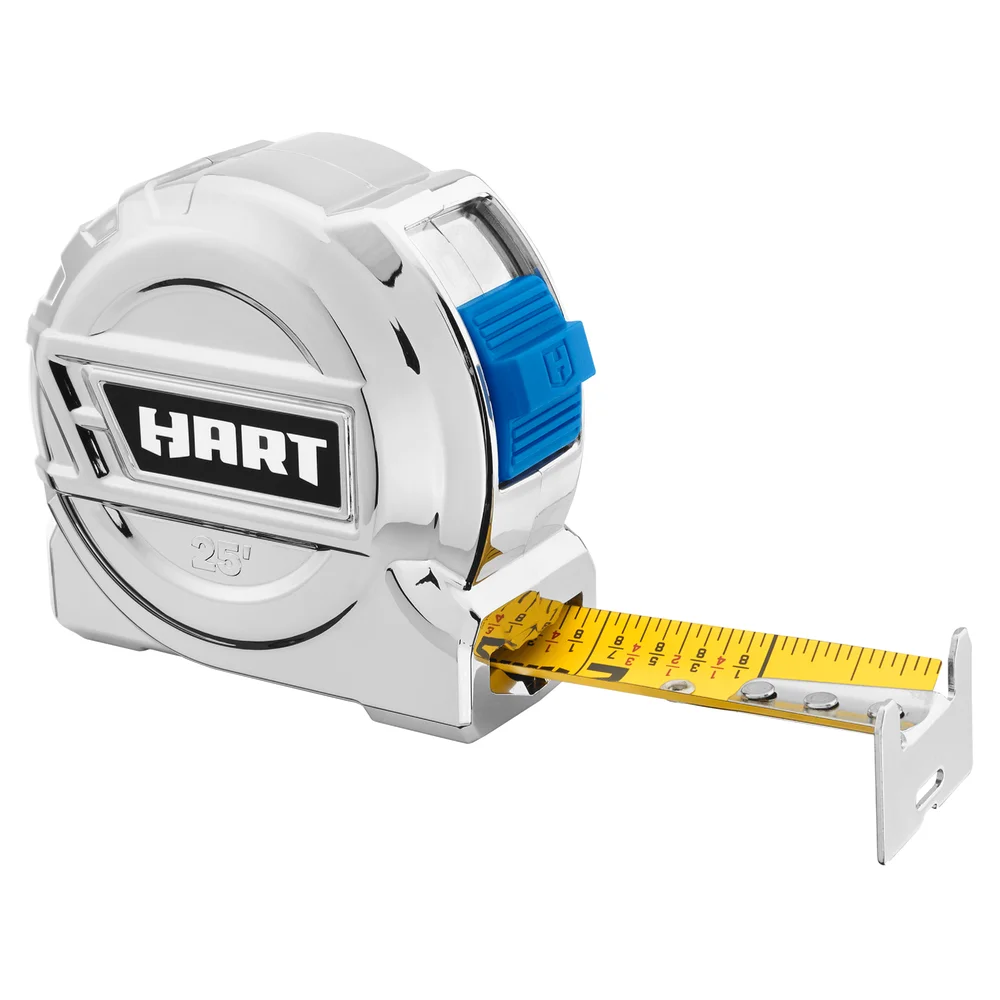 Fraction Learning Tools: Tape Measure Methods for Teaching Kids Measurement
Fraction Learning Tools: Tape Measure Methods for Teaching Kids Measurement
Teaching children how to use a tape measure and understand fractions is an invaluable skill that fosters precision and mathematical understanding from a young age.
Importance of Early Measurement Skills
Introducing children to measurement techniques enhances their spatial awareness and mathematical skills. Understanding fractions on a tape measure lays the foundation for more complex mathematical concepts.
Interactive Learning Methods
- Fraction Games
- Description: Create games that involve identifying and marking different fractions on a tape measure.
- Benefit: Makes learning fun and engaging while reinforcing fractional understanding.
- Hands-On Projects
- Description: Involve children in simple DIY projects that require measuring with fractions.
- Benefit: Practical application solidifies theoretical knowledge through real-world experience.
- Visual Aids and Charts
- Description: Use colorful charts that map out the fractional markings on a tape measure.
- Benefit: Provides a visual reference that helps children quickly identify and remember different fractions.
Tools to Enhance Learning
- Educational Tape Measures: These are designed with child-friendly markings and colors to make learning easier.
- Fraction Kits: Kits that include various fraction pieces and tape measure demonstrations can aid in interactive learning.
- Digital Apps: Educational apps that simulate tape measure usage and fraction identification provide an engaging learning platform.
Benefits of Teaching Measurement Early
- Enhanced Mathematical Skills: Understanding fractions on a tape measure enhances overall mathematical proficiency.
- Problem-Solving Skills: Learning to measure accurately fosters critical thinking and problem-solving abilities.
- Confidence Building: Successfully measuring and completing projects boosts children’s confidence in their abilities.
Fraction-Focused Tape Measures: Durability Comparison for Construction Sites
In construction, durability and accuracy are paramount. Fraction-focused tape measures are designed to withstand the rigors of construction sites while providing precise measurements.
Key Features of Fraction-Focused Tape Measures
- Robust Construction: Made from durable materials to resist wear and tear on busy construction sites.
- Clear Fraction Markings: Enhanced visibility of fractional markings for quick and accurate reference.
- Protective Coatings: Scratch-resistant coatings ensure that markings remain clear over time.
Comparing Durability
When selecting a fraction-focused tape measure for construction:
- Material Quality: Opt for tape measures made from high-grade steel or reinforced materials to ensure longevity.
- Marking Resistance: Choose tape measures with markings that are resistant to fading and wear, maintaining visibility throughout the project.
- Handling Features: Features like heat-activated locks, sturdy hooks, and protective cases enhance the tape measure’s durability and functionality.
Top Tape Measures for Construction
- Milwaukee Magnetic Tape Measure
- Features: Magnetic hook, dual-lock feature, high-visibility markings.
- Benefit: Enhanced ease of use in demanding environments.
- Stanley FatMax Tape Measure
- Features: Extra-wide blade, reinforced end, easy-to-read fractions.
- Benefit: Durability combined with precision measurements.
- DeWalt Contractor Tape Measure
- Features: Tough casing, jumbo markings, nylon case.
- Benefit: Built to endure the toughest job sites while maintaining accuracy.
Choosing the Right Tape Measure
Consider the specific needs of your construction projects when selecting a fraction-focused tape measure. Ensure that the tape measure offers both durability and precise fractional markings to meet the demands of professional use.
Fraction Scaling Secrets: Tape Measure Techniques for Perfect Fabric Cuts
In sewing and fabric-related projects, precise measurements are essential for achieving professional results. Mastering the fractions on a tape measure can significantly enhance your ability to make perfect fabric cuts.
Importance of Precision in Fabric Cutting
Accurate measurements ensure that fabric pieces fit together seamlessly, maintaining the integrity of the design and preventing material wastage.
Techniques for Accurate Fabric Measurements
- Using a Clear Line of Sight
- Description: Ensure that the tape measure lies flat and straight against the fabric to maintain measurement accuracy.
- Benefit: Prevents distortion and ensures precise cuts.
- Marking with Fabric-Safe Pens
- Description: Use fabric-safe pens or chalk to mark the measurements clearly on the fabric.
- Benefit: Allows for easy visibility without damaging the fabric.
- Double-Checking Measurements
- Description: Always measure twice before cutting to confirm accuracy.
- Benefit: Reduces the likelihood of errors and material waste.
Fractional Measurements in Fabric Design
Understanding how to read fractions on a tape measure is crucial when dealing with intricate fabric designs that require precise alignment and stitching.
- Symmetrical Designs: Ensure that patterns align perfectly by measuring and cutting with fractional precision.
- Seam Allowances: Accurately measure seam allowances to maintain consistency across the entire project.
Tools to Aid Fabric Measurement
- Tailor’s Tape Measure: Flexible and designed to contour around curves, making it ideal for fabric measurements.
- Transparent Rulers: Aid in aligning measurements precisely without obscuring the markings.
- Measuring Gauges: Provide additional measurement assistance for complex fabric designs.
Practical Application
When creating a garment, precise measurements of fabric pieces ensure that the final product fits correctly and looks professional. For example, accurately measuring sleeve lengths to the nearest 1/16th of an inch can make a noticeable difference in the garment’s overall appearance and fit.
 Enhancing Learning Through Visual and Practical Exercises
Enhancing Learning Through Visual and Practical Exercises
To truly master the fractions on a tape measure, engaging in both visual and practical exercises can enhance your understanding and retention.
Visual Learning Aids
Using diagrams and labeled images of tape measures can help in associating fractional markings with their positions. Additionally, color-coding different fractions can make identification quicker and more intuitive.
Hands-On Practice
Regularly using your tape measure in various projects allows you to apply theoretical knowledge practically. Start with simple measurements, gradually progressing to more complex fractions as you gain confidence.
Collaborative Learning
Working with peers or mentors can provide valuable insights and tips. Collaborative projects offer opportunities to observe different measurement techniques and learn from others’ experiences.
Setting Measurement Challenges
Create challenges for yourself, such as measuring specific fractions without looking directly at the markings. This exercise can improve your ability to estimate and quickly identify fractions on a tape measure.
Common Mistakes and How to Avoid Them
When working with fractions on a tape measure, certain common mistakes can compromise the accuracy of your measurements. Being aware of these pitfalls and knowing how to avoid them ensures consistent precision.
Mistake 1: Misreading the Scale
Solution: Always double-check the side of the tape measure being used. Some tapes have both metric and imperial units, which can cause confusion if not carefully noted.
Mistake 2: Ignoring Wear and Tear
Solution: Regularly inspect your tape measure for faded or damaged markings. Replace or refurbish worn tape measures to maintain clarity in fractional markings.
Mistake 3: Improper Tape Handling
Solution: Handle the tape measure gently to prevent bending or twisting, which can distort the fractional markings. Store the tape measure in a protective case when not in use.
Mistake 4: Relying Solely on Memory
Solution: While muscle memory is beneficial, always verify critical measurements with a second method or tool to prevent errors.
Mistake 5: Overlooking Small Fractions
Solution: Pay close attention to smaller fractional markings, especially in projects requiring high precision. Use magnifying tools if necessary to enhance visibility.
Leveraging Technology: Digital Aids for Fractional Measurements
Incorporating technology into your measurement process can enhance accuracy and convenience, especially when dealing with fractions on a tape measure.
Measurement Apps
Smartphone apps designed for measurement tasks can provide digital representations of tape measures, offering features like fraction-to-decimal conversions and visual aids to identify specific fractions quickly.
Digital Calipers
Digital calipers offer precise measurements down to thousandths of an inch, making them a valuable tool for tasks requiring high accuracy. They complement traditional tape measures by providing an alternative method for verifying fractional measurements.
Smart Tape Measures
Smart tape measures integrate with digital devices, displaying measurements in multiple formats and storing data for easy reference. These advanced tools simplify the process of locating and verifying fractional measurements.
Benefits of Digital Aids
- Increased Accuracy: Digital tools reduce human error by providing precise measurements.
- Convenience: Easy access to conversion tools and measurement records streamline the workflow.
- Versatility: Digital devices often offer multiple measurement formats, catering to various project needs.
The Importance of Accurate Measurements in Project Success
Accurate measurements, particularly understanding fractions on a tape measure, are fundamental to the success of any project. Precision ensures that components fit correctly, reducing material waste and enhancing the overall quality of your work.
Reducing Material Waste
Precise measurements prevent over-cutting or under-sizing materials, minimizing waste and saving costs. This efficiency is especially important in projects involving expensive or limited materials.
Enhancing Structural Integrity
Proper measurements contribute to the structural integrity of projects, ensuring stability and durability. Inaccurate measurements can lead to weak joints or mismatched components, compromising the project’s overall strength.
Achieving Professional Results
Precision in measurements reflects a high standard of craftsmanship. Whether you’re building furniture, crafting decorations, or performing repairs, accurate measurements result in professional and aesthetically pleasing outcomes.
Time Efficiency
Accurate measurements reduce the need for rework, saving time and effort. By getting it right the first time, you can maintain momentum in your projects and meet deadlines more effectively.
 Conclusion
Conclusion
In conclusion, understanding fractions on a tape measure is a fundamental skill that elevates the quality and precision of any project. From DIY enthusiasts to professional woodworkers, mastering fractional measurements ensures accuracy, reduces material waste, and enhances the overall success of your endeavors. By employing the techniques and strategies outlined in this guide, you can confidently navigate the fractional markings on your tape measure, ensuring your measurements are always precise and your projects are executed flawlessly.
